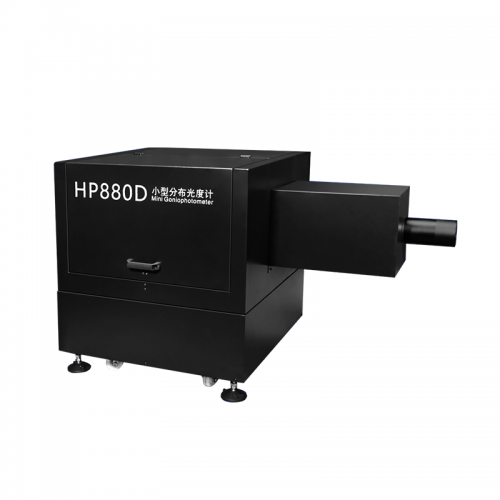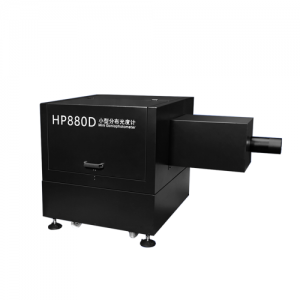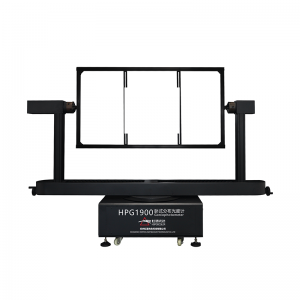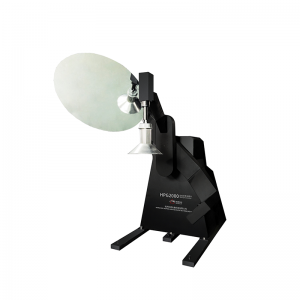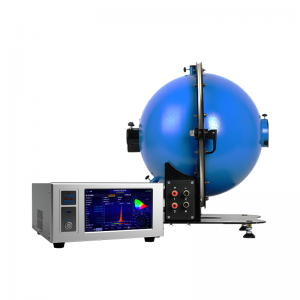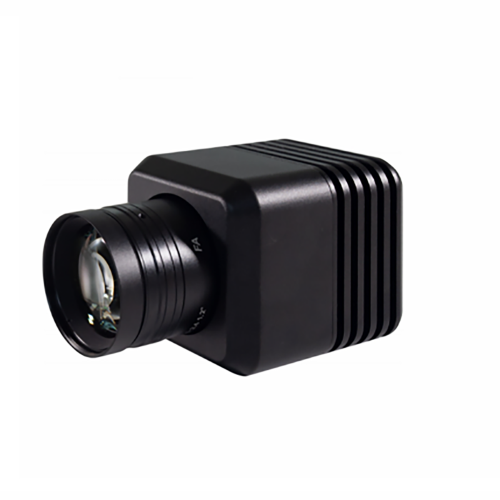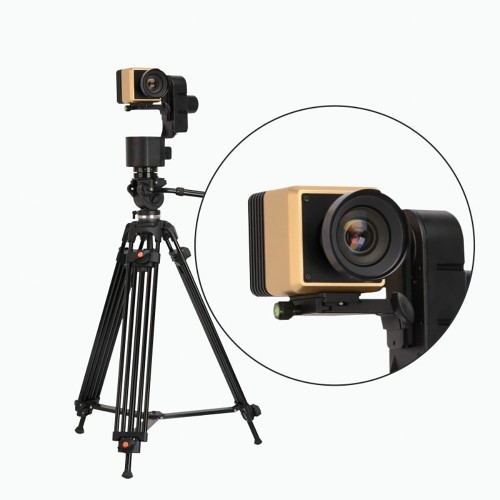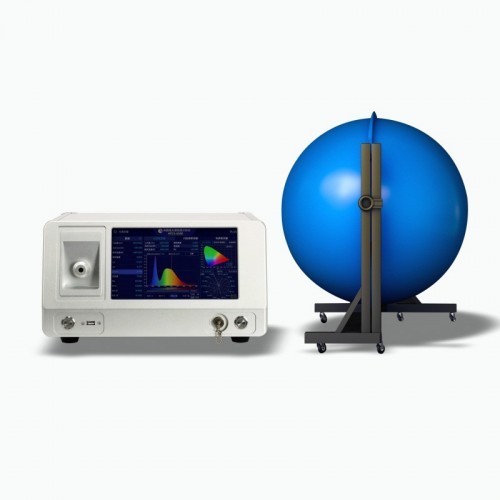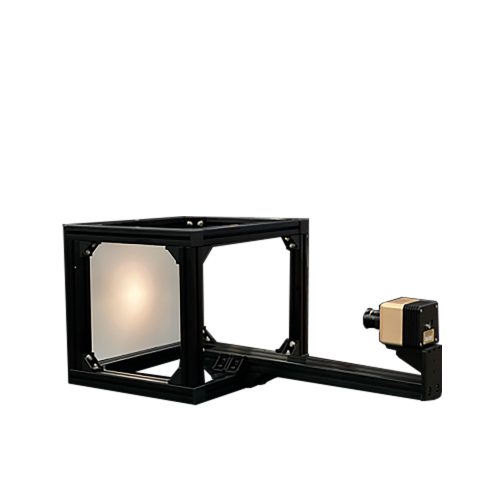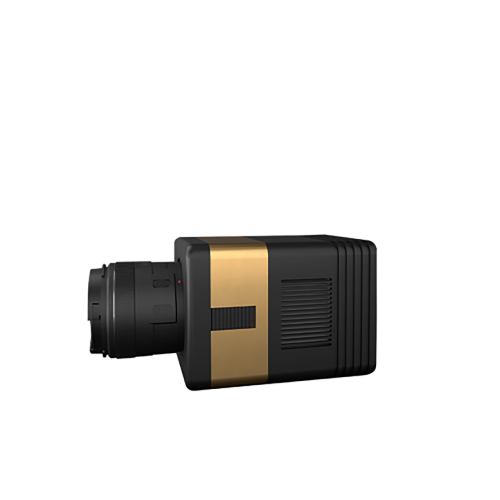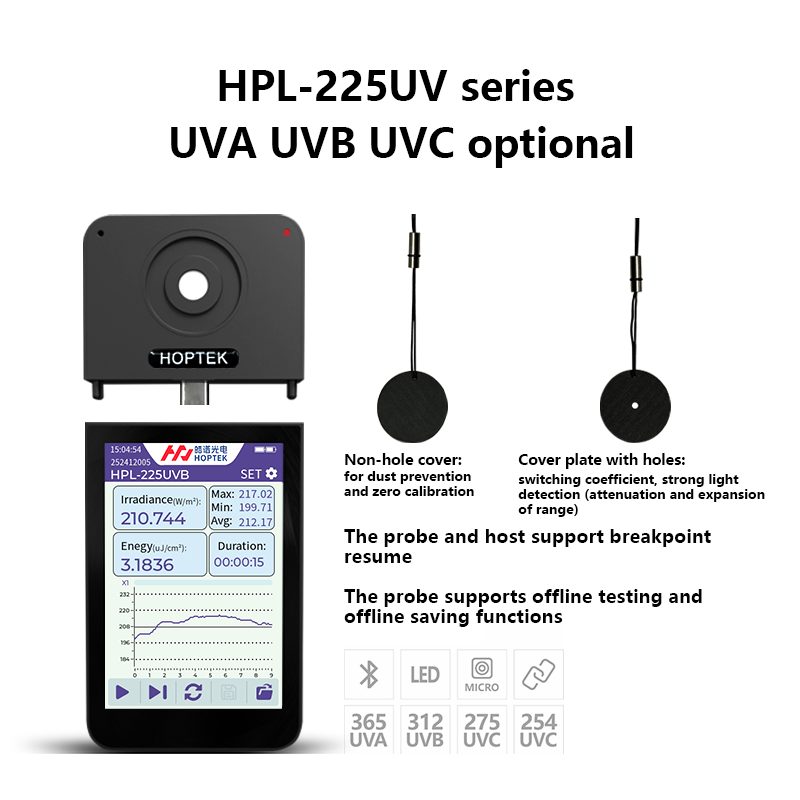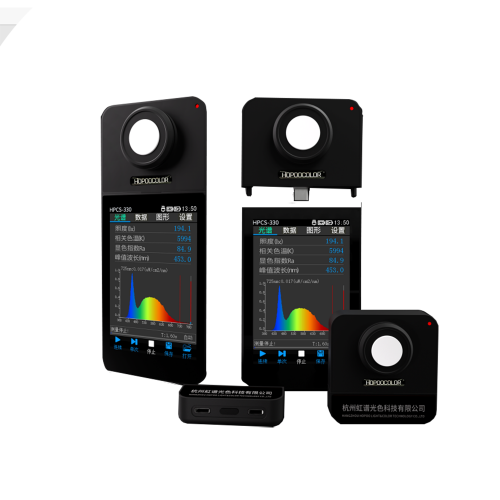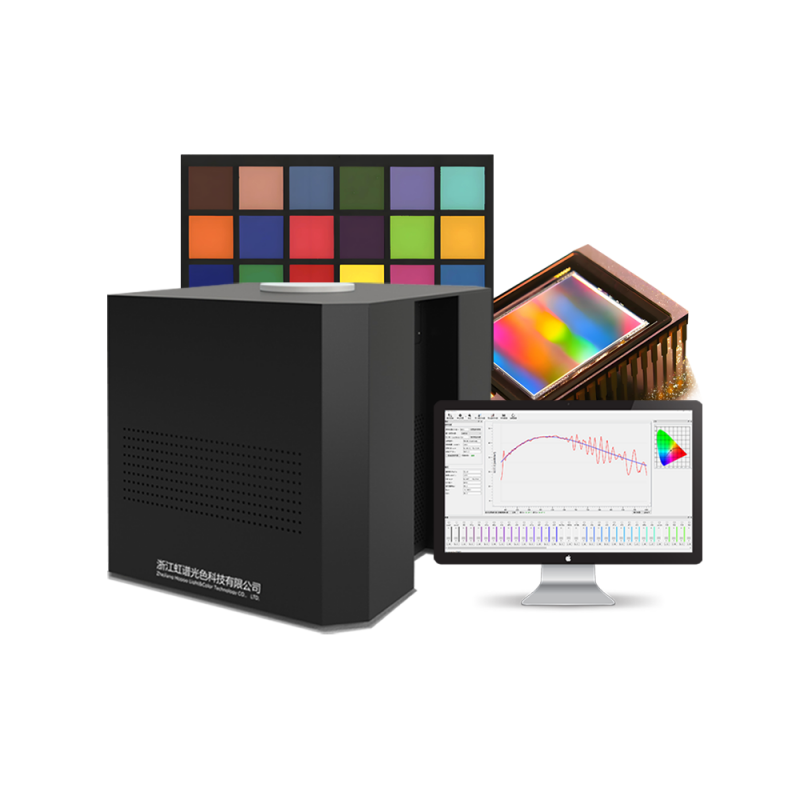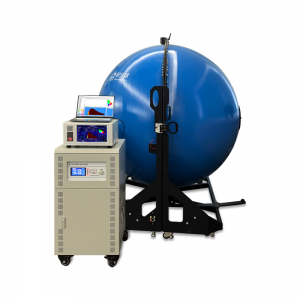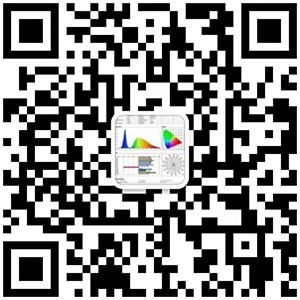Product description and application:
Used to measure the light distribution curve, illuminance, light intensity data, beam angle, luminous flux and other parameters of small LED lamps (halogen lamps, cup lights, spotlights, bulbs, etc.) and single high-power LEDs. The instrument is designed with an optical dark box and light barrier, eliminating the need for a dark room. The test method meets the test requirements of CIE127 and IEC 61341 standards.
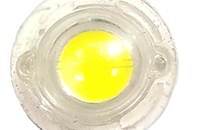
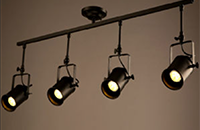
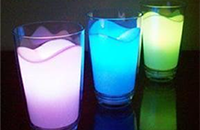
Main technical features:
1. The measurement position of the lamp under test is consistent with the actual use state, and the working status of the lamp remains unchanged.
2. Laser crosshair aiming device, convenient and accurate installation of the position of the test lamp
3. The photoelectric detector has a high correction level and meets the National Class 1.
4. Automatically draw light intensity spatial distribution curve (polar coordinates and rectangular coordinates)
5. The measurement data complies with international and domestic requirements and is output in IESNA file format, which can be directly called by other lighting and lamp design software.
6. Highly stable probe holder with light-shielding grating, adjustable in height, up and down and left and right tilt angles
Main Specifications:
1. Illuminance measurement range: 0.1lx~99999lx;
2. Illuminance measurement accuracy: Level 1;
3. The lamp working turntable can rotate around the horizontal axis (vertical rotation) and the vertical axis (horizontal rotation);
4. Rotation range: -180°~+180°;
5. Spacing angle: ≥0.5°;
6. Angle measurement accuracy: +0.1°;
7. The photoelectric detector V (λ) has a high correction level and meets the National Class1;
8. Maximum dimensions of testable lamps: 150 (length) × 150 (width) × 110mm (thickness)
9. Instrument model size: 145×75×85 (mm)
Rich software features:
1. Control the rotation of the rotary table, collect the light intensity distribution data of the lamp, and calculate the photometric data of the lamp and the conversion of the coordinate system;
2. Including spatial light intensity distribution, spatial color distribution, light intensity distribution curve on any cross-section (can be displayed in rectangular coordinate system or polar coordinate system respectively), spatial equal light intensity curve, plane equal illumination distribution curve, brightness limit curve, Ring luminous flux, glare level, lamp efficiency, effective luminous angle, upward luminous flux ratio, downward luminous flux ratio, total luminous flux of the lamp, and effective luminous flux.
3. Export lamp files that comply with international standards and can be directly imported into lighting design software. The format description is as follows:
*.HPG iridescent photochromatic HPG series goniophotometer test data file format;
*.IES IESNA North American standard format, including version 95 and 2002;
*.LDT EULUMDAT German Standard (European) Qualification Examination Document;
*.CIE CIE International Commission on Illumination standard format;
4. According to the type of lamp under test, such as street lamps, outdoor lamps, indoor lamps or floodlights, etc., the corresponding printed report can be output and can be directly saved as a PDF file.
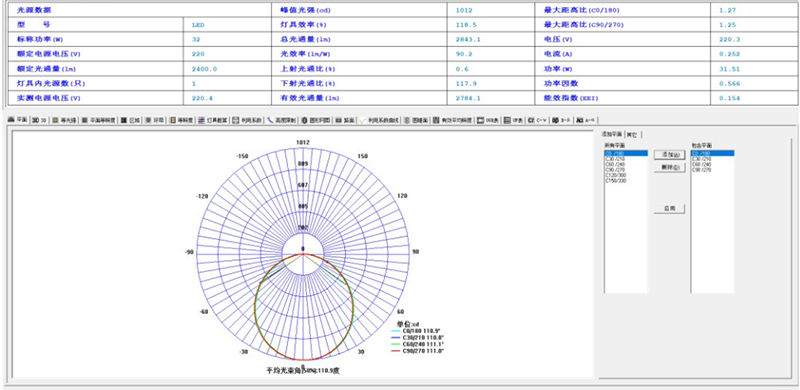
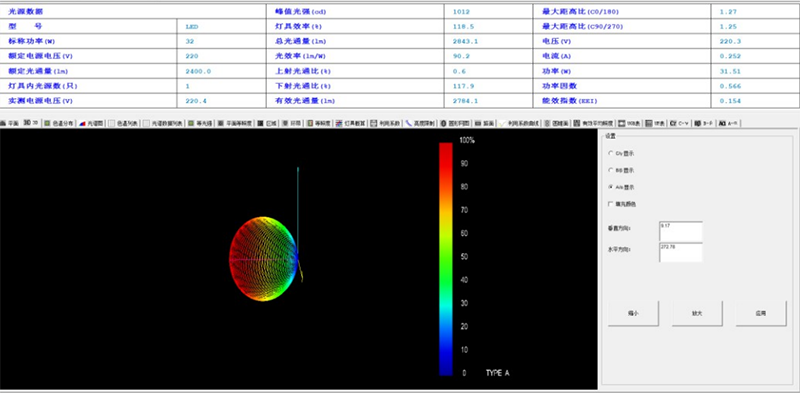
Main reference standards:
LM-79-2019 Electrical and photometric measurement certification methods for solid-state lighting products;
GB/T9468-2008 General requirements for light distribution measurement of lamps;
LB/T 001-2008 Integral LED street lamp measurement method;
GB/T 24824-2009 LED module measurement method for general lighting;
GB/T7002-2008 Photometric test of floodlight lighting;
CIE 69 Methods of Characterizing Illuminance Meters and Luminance Meters;
CIE 70-1987 The measurement of absolute luminous intensity distributions;
CIE 121-1996 The photometry of goniophotometer of luminaries;
CIE 84 Measurement of luminous flux;
IESNA LM-75 Goniophotometer Types and Photometric Coordinates;
